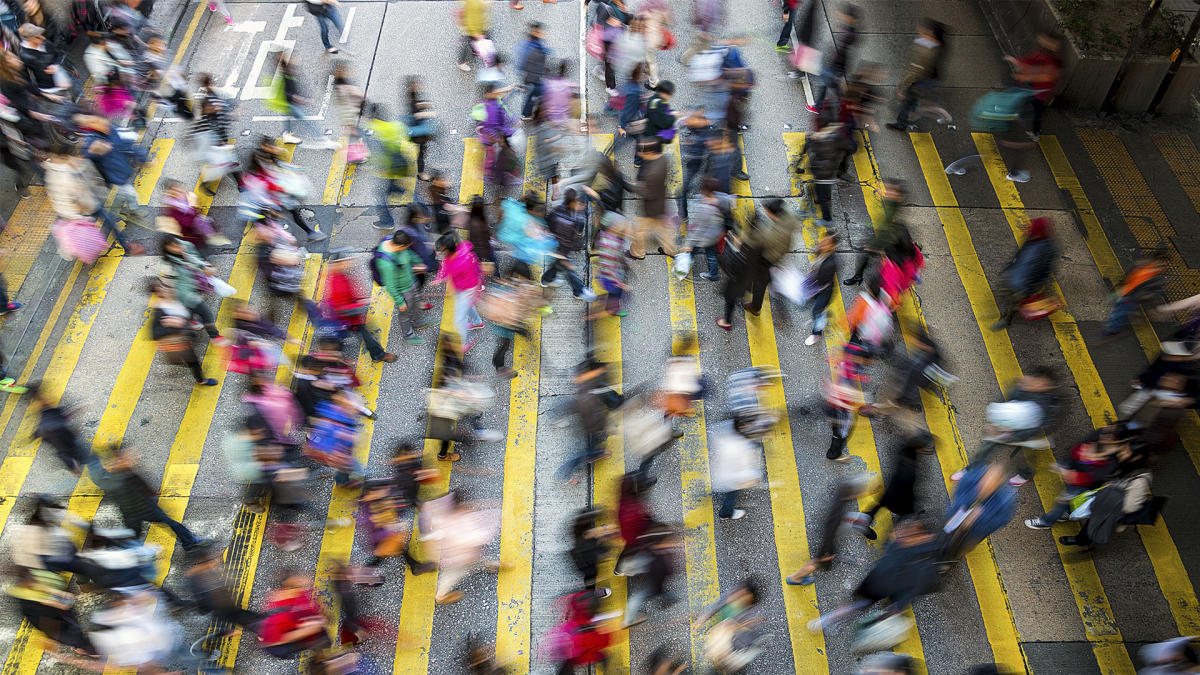How pedestrians unconsciously organize themselves
When crowds of people with different goals move through each other, they unconsciously form alleys to get to their destination. A theory proposed by Professor Tim Rogers of the University of Bath aims to explain this phenomenon mathematically.
How Sci Tech Daily reported, the theory can be used to predict when these crowd lanes will be straight and when they will be curved. It also explains when people are more likely to walk past one another on one side or another.
“At first glance, a crowd of pedestrians trying to go through two gates may seem untidy, but if you look closer you can see the hidden structure. Depending on how the room is arranged, you can observe either the classic straight lanes or more complex curved patterns such as ellipses, parabolas and hyperbolas,” explains Professor Rogers.
The researchers around Rogers have tested the theory with different layouts of rooms. In one attempt, they recreated a square at King’s Cross Station in London. The test persons were divided into two groups, which should go through different gates across the square.
At first glance, the crowd seemed to be running around in a disorganized manner. In a video, however, the researchers show that alleys were actually formed through which people could move quickly:
There have been several attempts to explain why crowds of people and other natural systems such as animals, bacteria or molecules organize themselves in such alleys. However, none of them have been verified so far.
The Bath researchers’ theory was inspired by Albert Einstein’s theory of Brownian motion. The advantage here is that it makes predictions that can be tested.
The people in the crowd that make up these alleys, meanwhile, are unaware of this. Kalor Bacik, first author of the studynotes: “Tracking does not require conscious thought—the participants in the experiment were unaware that they had arranged themselves into well-defined mathematical curves.”
“Order arises spontaneously when two groups with different goals meet in a confined space and try to avoid a collision. The sum of many individual decisions unintentionally leads to alleys,” says Bacik.



